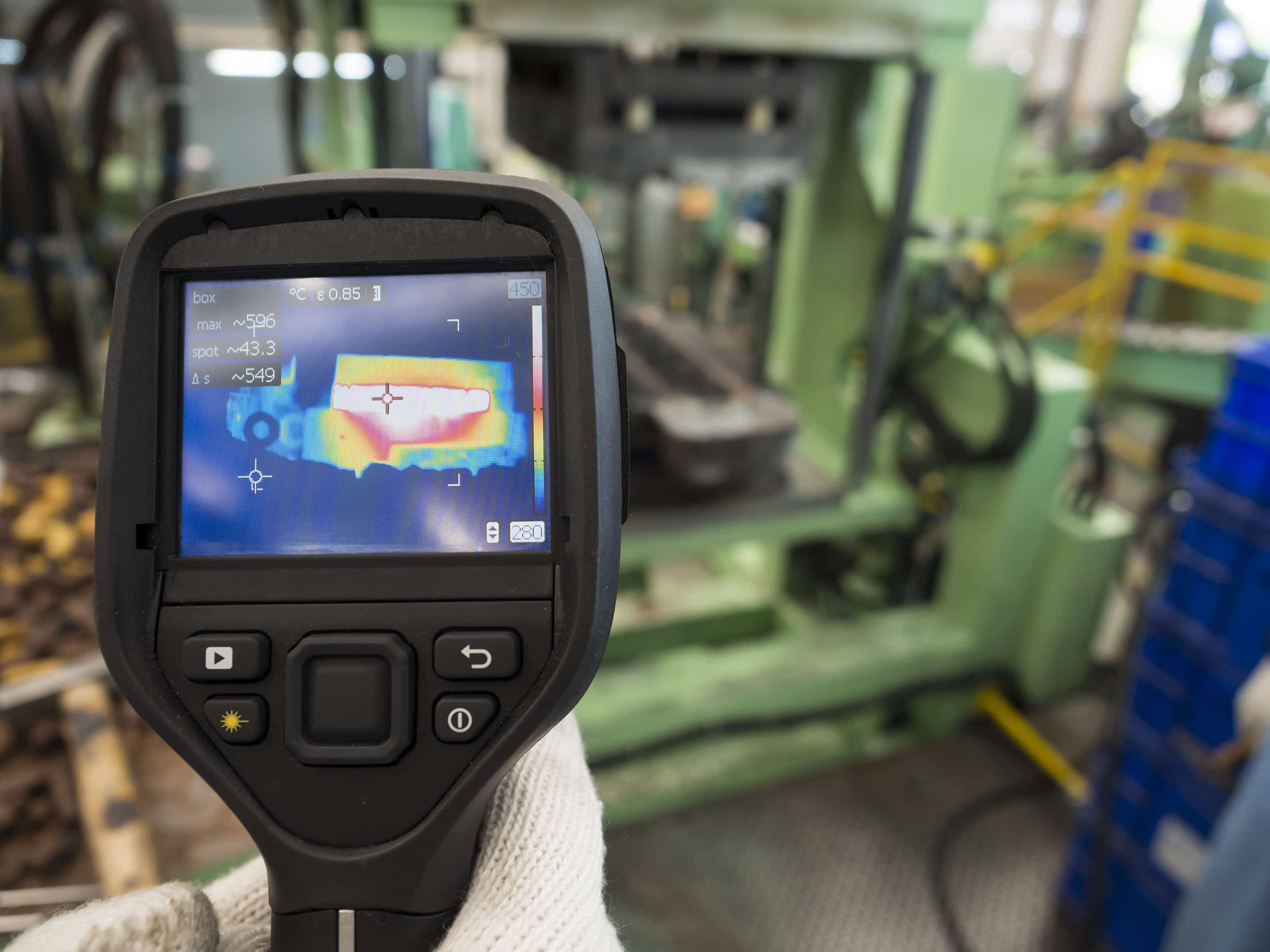Infrared and thermal imaging solutions are gaining popularity in a number of applications across the globe. Early thermal imaging solutions were less available and costly. However, today a thermograph system is more accessible, accurate and useful in a variety of settings.
As infrared and thermal imaging solutions have become widely available, they’ve become widely utilized. Certainly they bring a number of advantages over visible imaging solutions for certain applications.
What Is Thermal Imaging ?
A thermographic camera detects infrared radiation from the magnetic spectrum. It produces an image called a thermogram, a visual depiction of the variations in temperature detected within the camera’s field of view.
With a thermal camera, you can read a thermal signature as small as an electrical box or as big as a building. There’s a long list of thermal imaging benefits. Having a thermogram can help you:
- Detect thermal insulation and HVAC issues
- Perform home inspections
- Pinpoint energy losses
- See faulty electrical wiring and equipment
It is a non-invasive method of assessing moisture damage, electrical problems, and energy conservation for any structure. That is to say, it’s fast and highly accurate. The equipment is light and portable which makes capturing images in small and confined spaces possible. Most importantly, a good thermographer will find problems while they are small.
Benefits of Infrared Systems
While thermal and infrared systems are deployed in a wide range of settings, there are fundamental thermal imaging benefits. Specially, non-visible imaging solutions have over visible imaging solutions.
Infrared and thermal cameras can be used to measure temperature differences, which is essential for monitoring critical equipment. For example, we witness failures in faulty electrical equipment before it fails. This signals when maintenance or replacement is required.
To sum up, thermal and infrared image systems provide great return on investment (ROI) in most applications. In conclusion, keeping a location safe and secure, or avoiding a catastrophic equipment failure, can lead to rapid ROI.

